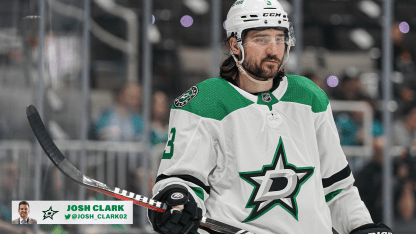A chaotic adventure: How Stars GM Jim Nill handles the process of a Trade Deadline
In 11 seasons as general manager, Nill has acquired a strong grasp on all of the intricacies that come with the deadline

In 11 seasons as general manager, Nill has acquired a strong grasp on all of the intricacies that come with the deadline
